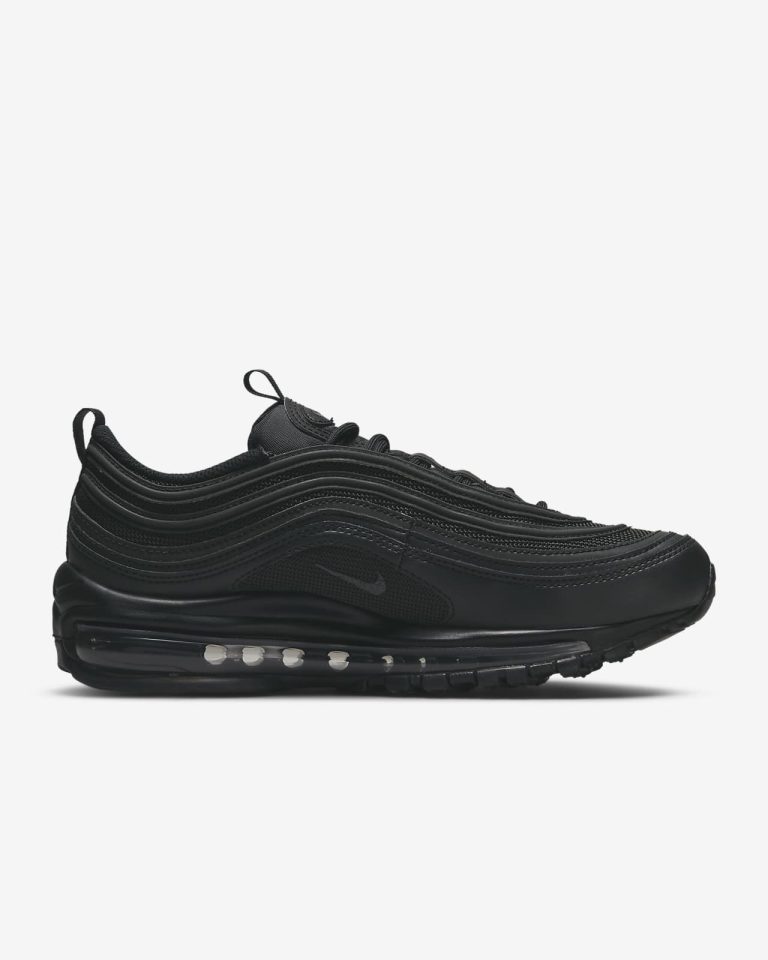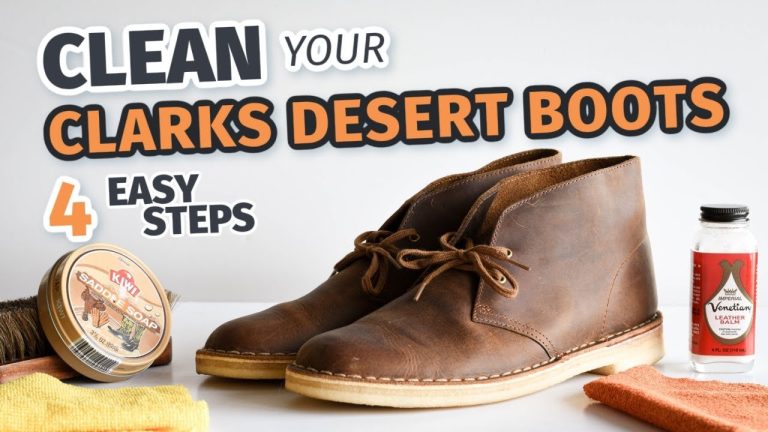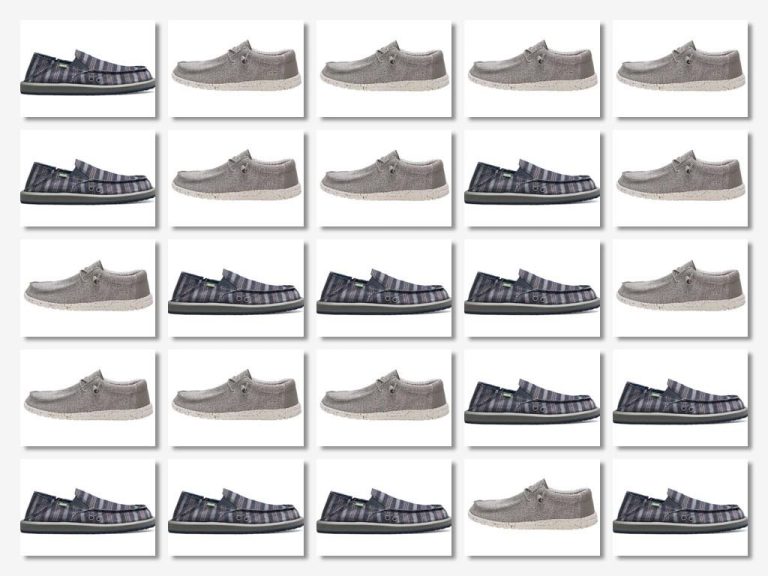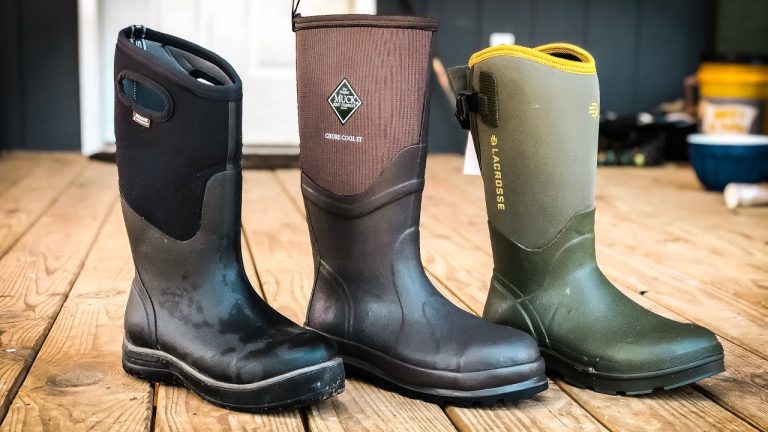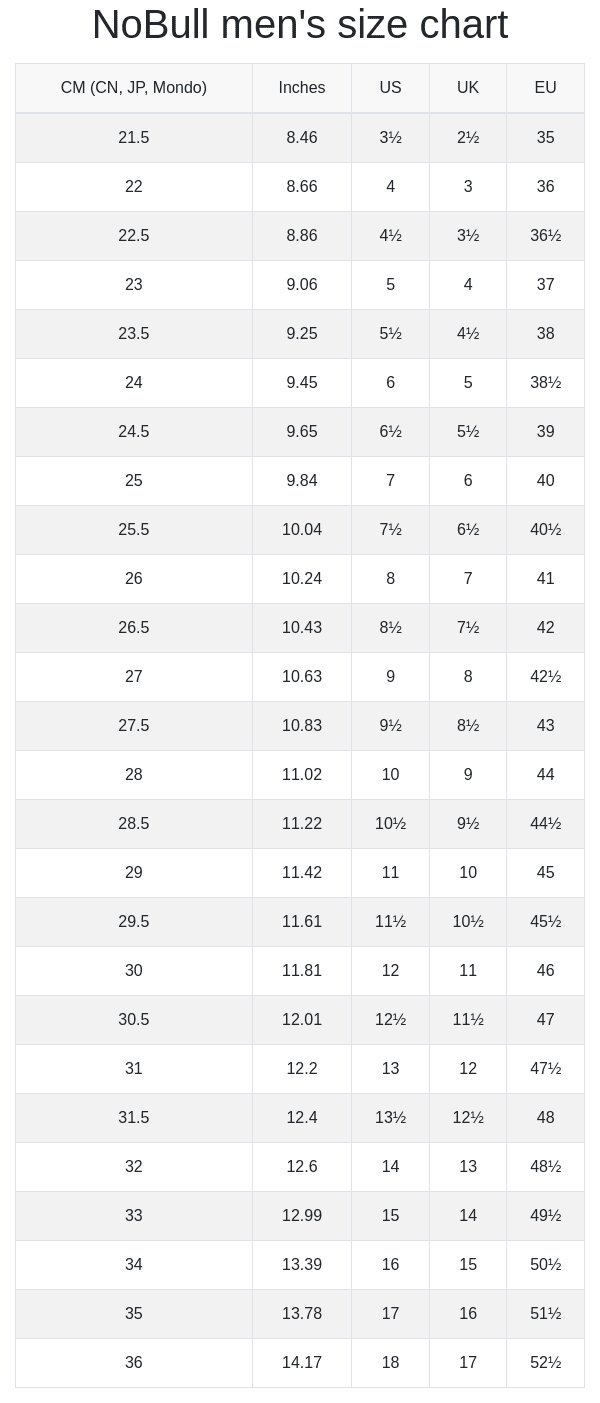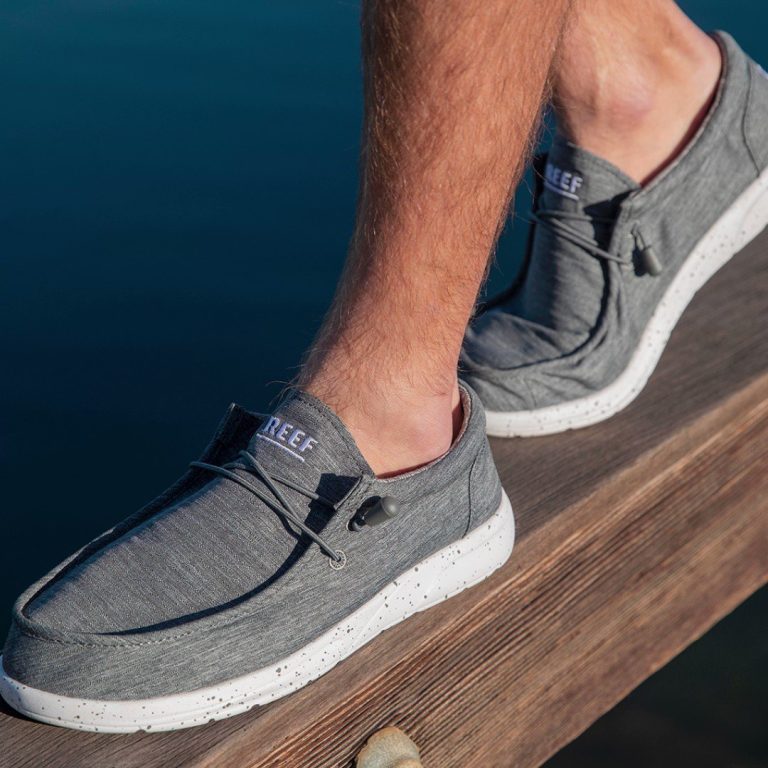Are you tired of dealing with painful blisters whenever you wear your beloved Birkenstock sandals? Trust me, you’re not alone. Many people face the same issue, wondering why Birkenstocks give them blisters. But fret not, as there is a simple solution to this problem. In this blog article, we’ll explore the reasons behind those irritating blisters and provide you with practical tips to prevent them. So, if you’re ready to bid farewell to uncomfortable footwear experiences, keep reading to uncover the secrets of enjoying your Birkenstocks without the blisters!
Birkenstocks Give Me Blisters: Understanding the Cause and Finding Solutions
Understanding the Appeal of Birkenstocks
Birkenstock sandals have gained immense popularity over the years, becoming a staple in many people’s shoe collections. Known for their comfort and unique design, Birkenstocks have become synonymous with relaxation and casual style. These sandals are often praised for their contoured footbed and high-quality materials, which contribute to their overall appeal.
The Blisters Dilemma
While Birkenstocks are loved by many, some unfortunate individuals experience a recurring issue when wearing them: blisters. Blisters, those pesky pockets of skin filled with fluid, can cause discomfort, pain, and frustration for those who are affected. Let’s delve into the potential causes behind this problem and explore possible solutions.
The Anatomy of a Birkenstock
To understand why Birkenstocks may cause blisters, it’s essential to examine their anatomy. Birkenstock sandals are made up of several key components, including the footbed, straps, and sole.
The footbed of a Birkenstock is unique, boasting a contoured design that follows the natural shape of the foot. It features arch support, a deep heel cup, and a roomy toe box to accommodate various foot types. The materials used in the footbed, typically cork and latex, provide cushioning and conform to the wearer’s feet over time.
The straps on Birkenstocks come in different styles, such as single or double straps, depending on the model. These adjustable straps allow for a customized fit, ensuring the sandals stay securely on the feet.
The sole of a Birkenstock is usually made from a combination of materials, including durable rubber for traction and shock absorption.
Potential Causes of Blisters
Now that we understand the components of Birkenstocks, let’s explore some possible causes of blisters when wearing these sandals.
1. Breaking-in Period
Birkenstocks are known for being comfortable, but they often require a break-in period. During this time, the footbed molds to the shape of the wearer’s feet, providing a customized fit. However, this initial adjustment period may cause friction and rubbing, leading to blisters.
2. Incorrect Sizing
Ensuring you have the correct size of Birkenstocks is crucial for preventing blisters. If the sandals are too tight or too loose, they can cause friction and rubbing, resulting in blisters. It’s essential to measure your feet and refer to the brand’s sizing guide before making a purchase.
3. Excessive Moisture
Moisture can exacerbate friction and increase the likelihood of blisters. If your feet tend to sweat or if you wear your Birkenstocks in humid conditions, the dampness can contribute to blister formation. Proper moisture-wicking socks or foot powders can help reduce this risk.
4. Strap Placement
The positioning of the straps on your Birkenstocks plays a significant role in comfort and blister prevention. If the straps are too tight or in the wrong position, they can cause rubbing against the skin, leading to blisters. Adjusting the straps to fit your feet comfortably is essential.
Preventing and Treating Blisters
Now that we’ve identified some potential causes of blisters when wearing Birkenstocks, let’s explore preventive measures and effective treatments.
1. Gradual Break-in Process
To minimize the risk of blisters, it’s advisable to gradually break in your Birkenstocks. Start by wearing them for short periods and gradually increase the duration as your feet adjust to the sandals. This allows the footbed to mold to your feet without causing excessive friction.
2. Proper Sizing
Ensuring you have the correct size of Birkenstocks is crucial for preventing blisters. Refer to the brand’s sizing guide and measure your feet accurately. Keep in mind that Birkenstocks tend to have a roomy fit, so it’s essential to find the right balance of comfort and support.
3. Moisture Management
Managing moisture is key to reducing the risk of blisters. Choose moisture-wicking socks that can help keep your feet dry, especially if you’re prone to sweating. Additionally, applying foot powders or using antiperspirant products on your feet can help minimize moisture build-up.
4. Strap Adjustment
Properly adjusting the straps on your Birkenstocks is crucial for blister prevention. Ensure they are secure but not overly tight, allowing for a comfortable fit. Experiment with strap positions to find the most comfortable configuration for your feet.
5. Cushioning and Protective Products
If you’ve developed blisters while wearing Birkenstocks, several cushioning and protective products can provide relief. These include adhesive blister pads, toe protectors, gel inserts, and moleskin. These products create a barrier between your skin and the sandals, reducing friction and promoting healing.
While Birkenstocks are beloved by many for their comfort and style, they can cause blisters in some individuals. Understanding the potential causes and implementing preventive measures can help minimize the risk. Remember to gradually break in your sandals, ensure proper sizing, manage moisture, adjust the straps, and consider cushioning products if blisters occur. With these strategies, you can confidently wear your Birkenstocks without experiencing the discomfort of blisters.
What can I do for Blisters?
Frequently Asked Questions
Why do Birkenstocks give me blisters?
Birkenstocks are designed to provide comfort and support, but it’s possible to develop blisters if the shoes are not fitted properly or if they haven’t been broken in properly. Blisters can occur due to friction, particularly in areas where the shoe rubs against the skin. It can also happen if the foot moves excessively within the shoe. Additionally, certain foot conditions, such as sensitive skin or foot abnormalities, can make you more prone to blisters.
How can I prevent blisters from Birkenstocks?
To prevent blisters from Birkenstocks, it’s important to ensure that the shoes fit properly. Make sure you have the correct size and width for your feet. It is also recommended to break in your Birkenstocks gradually by wearing them for short periods initially and gradually increasing the duration. Applying moleskin or blister prevention products on areas prone to friction can also help. Additionally, wearing socks can reduce friction and protect your skin from developing blisters.
Are certain Birkenstock styles more prone to causing blisters?
While Birkenstocks are generally designed for comfort, some styles may be more prone to causing blisters than others. Open-toe sandals, for example, may expose more areas of your foot to potential friction. Additionally, certain materials or straps that are stiffer or less flexible may rub against your skin more, increasing the likelihood of blisters. It’s important to choose a style and material that suits your feet and reduces the chances of blister formation.
Can I wear Birkenstocks without getting blisters?
Yes, it is possible to wear Birkenstocks without getting blisters. Ensuring a correct fit, gradually breaking them in, wearing socks, and using blister prevention products can all help minimize the risk of developing blisters. Additionally, taking the time to understand your feet and any specific sensitivity or abnormalities can also guide your selection of the most suitable Birkenstock style that will reduce the chances of blister formation.
How can I treat blisters caused by Birkenstocks?
If you develop blisters from wearing Birkenstocks, it’s important to treat them properly to prevent infection and promote healing. Keep the blister clean and avoid popping it unless it is extremely large or causing significant discomfort. If necessary, you can carefully drain the blister using a sterilized needle and apply an antibiotic ointment. Protect the blister with a sterile bandage or blister pad and avoid wearing the Birkenstocks until the blister has healed.
Final Thoughts
Birkenstocks give me blisters. The discomfort and pain caused by these popular sandals can be a frustrating experience. Despite their reputation for comfort and support, many individuals find that wearing Birkenstocks actually leads to blisters and irritation. The design, specifically the hard footbed and lack of proper cushioning, may be the main culprits behind this issue. While some people may have no trouble with Birkenstocks, it is important to recognize that they may not be suitable for everyone. It is advisable to explore alternative footwear options that prioritize both style and comfort, ensuring a blister-free experience.

